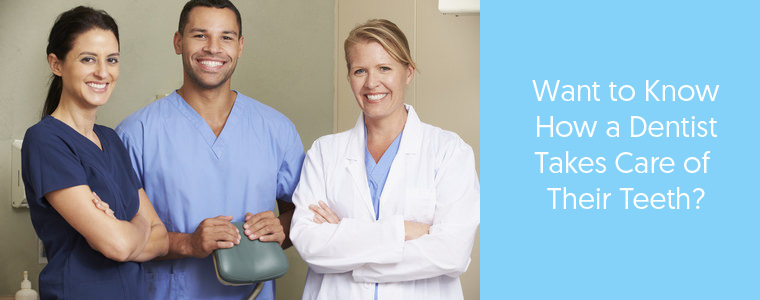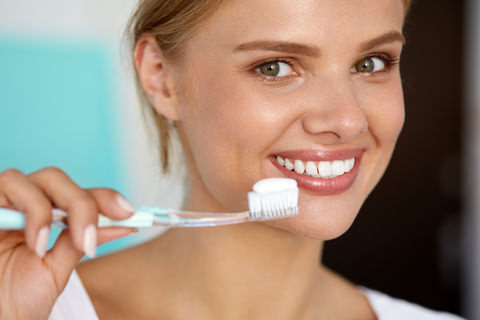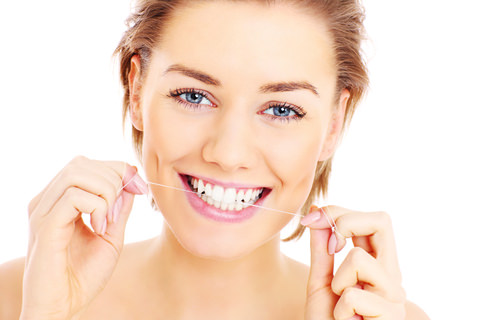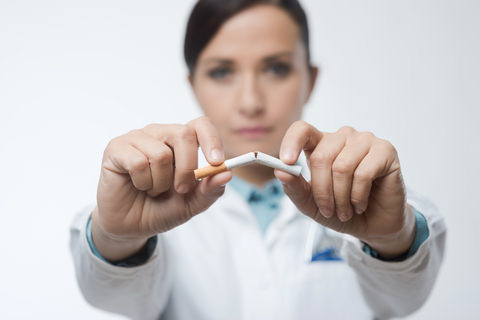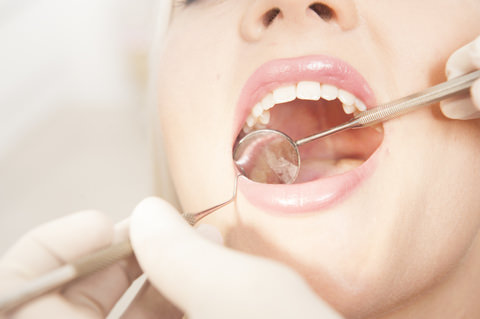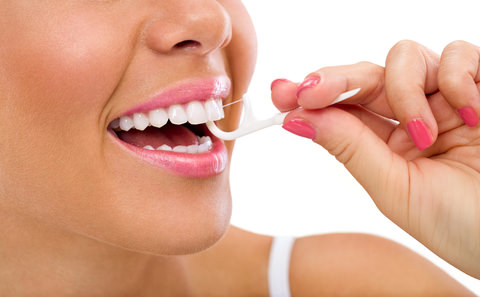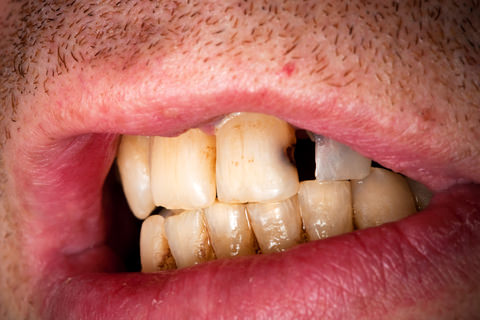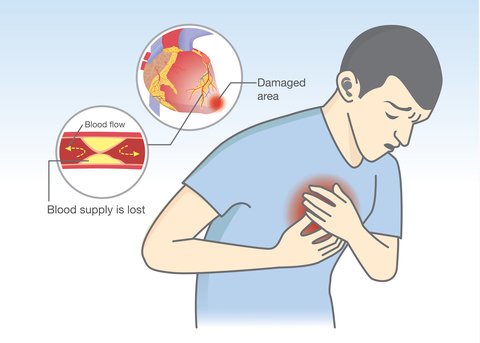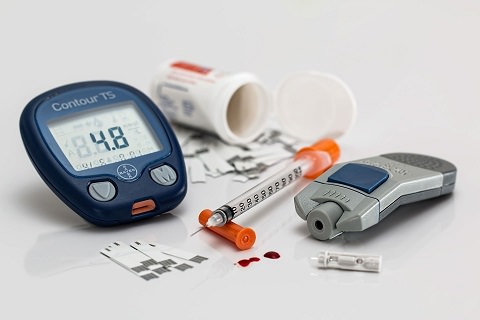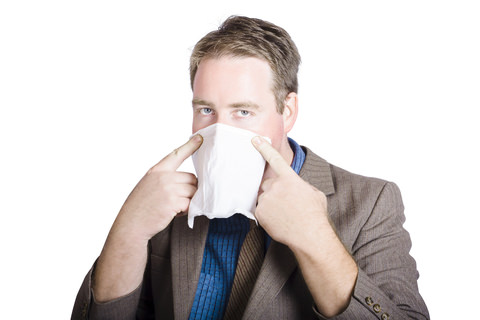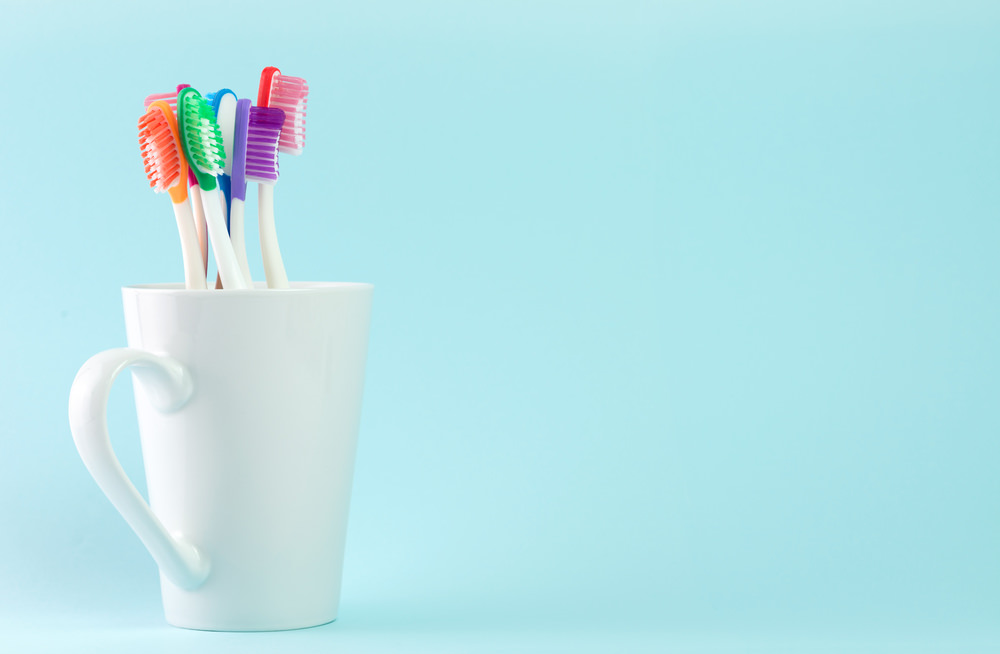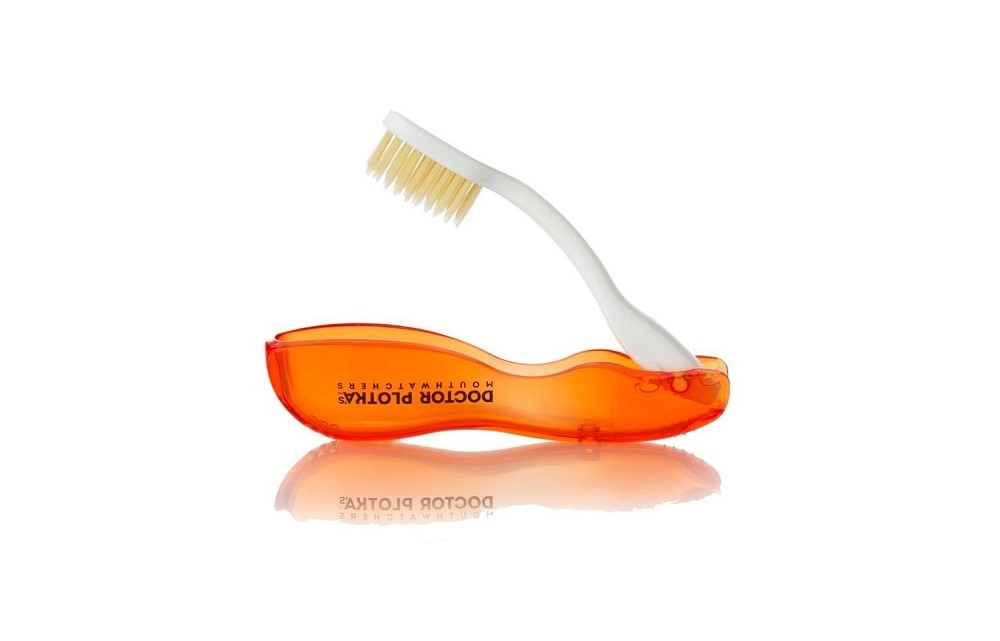How do Dentists Take Care of Their Teeth?
Pushed by my curiosity, I set about to find the techniques dentists use in their daily oral care routine that enables them to be role models for dental health.
So how do dentists take care of their teeth?
Most dentists make sure their smile remains that way through a strict commitment to the basics of brushing and flossing twice a day.
In addition to that, they also abstain from harmful foods, drinks, and tobacco that can damage teeth and lead to oral health problems.
A lot of hard work goes in maintaining an ideal smile, and it is easier said than done.
How do Dentists Maintain Their Oral Health?
Dentists make great use of their education, as well as experience, gathered over the years to make their smiles tick all the boxes.
However, nothing they do is out-of-the-box or unusual.
What differentiates them from us is their commitment to their oral hygiene and the emphasis they place on it.
Step 1 – Brush Your Teeth Properly
Brushing removes plaque, reduces the possibility of cavities forming and removes any food debris left behind in the mouth.
In short, brushing is your first and foremost ally against bacteria and other dental problems.
There is a big difference between brushing your teeth and brushing your teeth properly.
A proper brushing routine includes brushing after every meal (at least twice a day) and dedicating proper time to it.
Skipping your way through applying toothpaste to your teeth once a day just doesn’t cut it.
Here are some tips to ensure you brush as a professional dental expert would do:
- Firstly, there are no shortcuts around the ‘twice a day’ rule. Dentists know how dangerous it is to allow bacteria the time to build up and react with food debris to build plaque.
- To ensure maximum effectiveness and cleanliness, abide by the 2-minute rule. It provides ample time for you to clean your teeth.
- Place the toothbrush at a 45-degree angle against the teeth, up to the gum line
- Move the brush in a circular motion, cleaning one tooth at a time. It is important to avoid pressing the toothbrush hard as it causes the bristles to lie flat against the teeth.
- Clean the top of the teeth; the chewing surface.
- The tongue also needs cleaning. Either give your tongue a few gentle strokes, brushing the tongue from the back to the tip. Some brushes come with a tongue cleaner inbuilt for added measure.
Step 2 – Flossing Is Imperative
Despite its immense importance to healthy oral hygiene, flossing still remains a neglected part of most people’s oral health routine.
Flossing covers what a toothbrush cannot – due to the difference in size – which is why the two are most effective when used together.
Flossing gets rid of harmful bacteria that lingers between the teeth.
If left unchecked, this bacteria can cause the teeth to decay and lead to severe oral problems.
Food leftovers stuck between teeth provide a safe haven for bacterial growth.
Pesky food debris can cause toothaches and lead to more severe issues.
In order to floss properly, here are some tips:
- A flossing session requires approximately 18 inches of floss. Wrap the floss around a finger in each hand, preferably the index finger for added control.
- Gently push the floss between your teeth and the area behind your teeth as you go from teeth to teeth individually.
- Press the floss against each side of the tooth you’re flossing, but be wary of the force as it may cause bleeding of the gums.
- Use a clean section of floss as you move from teeth to teeth or as needed and take up used floss by winding it around the fingers.
- Bleeding is normal when you begin flossing, but it should not persist. Contact your dentist if it does.
Step 3 – Choose The Right Type of Mouthwash
The refreshing zing and the fresh breath that mouthwashes bring is one of the main reasons behind their popularity.
However, mouthwashes don’t just exist to provide a menthol-induced blast in your mouth.
Mouthwashes are used to kill bacteria and protect your teeth.
There are various types of mouthwashes available, and care needs to be taken while choosing the one that suits you.
For instance, there are mouthwashes made specially to cater to sensitive teeth.
Some mouthwashes are designed to counter bacteria growth and reduce the growth of plaque.
Dentists will recommend using mouthwashes as a part of a dental hygiene routine.
You’ll find that it’s more a personal preference than a requirement for complete dental hygiene.
If you haven’t used mouthwash before, here’s how to rinse using mouthwash properly:
- The right amount to be used varies with mouthwashes. It is safe to take the amount that is prescribed in the label of the mouthwash.
- Pour it in your mouth and rinse vigorously for a minute as a standard practice. Some mouthwashes advice more or less than a minute of rinsing.
- Spit the mouthwash and make sure you rinse your mouth with water properly.
- Do not swallow the mouthwash as some ingredients used may be effective for rinsing but not fit for consumption.
Step 4 – Avoid Foods That Damage Dental Health
Dentists manage to maintain their pearly whites longer than an average person because they know the adverse impact some items have on their teeth and avoid it at all costs.
From food and drinks to common drugs such as smoking and alcohol, avoiding certain items help prolong the shine and health of teeth.
Foods High In Acid
Acidic foods and drinks (such as carbonated drinks) are the primary sources of acid coming in contact with our teeth.
Acid directly affects the protective layer around the teeth – the enamel layer – and causes it to erode.
Once eroded, the plaque and bacteria get free access to the pulp of the teeth and gums which can lead to cavities, or worse, periodontitis.
Foods High in Starch
Starchy foods or refined carbohydrates immediately convert to sugar upon consumption.
This is why dentists classify starchy foods as bad as straight up sugar for your dental health.
Drugs
This is a no-brainer.
Drugs generally have an adverse impact on the health and fitness of an individual, and the same is the case with oral hygiene.
Cigarettes contain tobacco which is very harmful to the teeth and provides a ground for bacteria and plaque to grow.
Meanwhile, alcohol strips the person consuming it of its biggest weapon: saliva.
Saliva washes away the bacteria and contains minerals that are important for the teeth’s health.
Step 5 – Regular Checkups
Despite their vast expertise and professional experience in catering to other people’s dental problems, dentists also have limitations.
Plaque buildup and bacteria formation is a continuous process, and despite constant cleaning regime, mishaps can occur.
Therefore, dentists also go to other dentists for their checkups or surgeries.
Even for advanced cleaning methods, dentists need to use the help of fellow dentists.
This is primarily due to the lack of visibility when operating yourself.
Dentists need to see and assess the cavity or plaque buildup in order to proceed with whatever the procedure may be.
However, the fact that dentists have more expertise and education makes them more practical, and they value the importance of oral hygiene.
It is one of the reasons why an average dentist experiences fewer dental problems than an average person.
Why is Dental Health Important?
The benefits of good dental health extend beyond an attractive smile and fresh breath.
Teeth are used to catch, chew, bite, and shred food. Teeth are the strongest element in the human body, further protected by the hardest structure present in a person’s body – the enamel.
Enamel is one of the strongest components in your body, and it forms a protective layer over the teeth.
It protects the teeth from bacteria and other microbial infections that threaten oral health.
Once damaged, the enamel is irreparable and paves the way for bacteria and plaque to attack the sensitive areas of the tooth.
The nerve network that links the teeth with the brain is amongst the largest nerve networks found in the human body – actively connecting the teeth to your brain.
That happens because your body needs to grasp what happens inside your mouth entirely.
Bad dental health may lead to worsening overall health of a person’s body.
Heart Disease
According to a 2011 report by Dental Health Services Victoria, poor dental health can be directly attributed to cardiovascular disease, diabetes, stroke, and dementia.
Furthermore, a 2004 Belgian study showed a strong link between heart and gum disease.
91% of patients that were diagnosed with cardiovascular problems were found to be suffering from gum disease.
Diabetes
According to Baker IDI, 3 million Australians are expected to be suffering from diabetes by 2025.
Diabetics may have more glucose in their saliva and a dryer mouth, which can lead to plaque buildup and gum diseases.
Also, gum diseases also make it harder to control the sugar levels in the blood as well.
If a patient suffering from gum disease does not benefit from conventional medicines and change of routine; this may help be a signal of diabetes.
Kidney Health
A study by Case Western Reserve University found out that people suffering from kidney diseases are also suffering from poor oral health.
A weakened immune system significantly hampers the body’s ability to fight the inflammations and infections that come up as a result of gum diseases.
The study further concluded that people who had lost all teeth were more likely to have chronic kidney diseases than people who had maintained their oral health; and their teeth.
Other Health Alarms
According to research, 3000 Australians are diagnosed with head and neck cancers annually.
Including tongue cancer, gum cancer, mouth cancer, salivary glands cancer, and tonsils cancer.
Dentists look beyond the teeth and gum in their checkup routines, increasing the possibility of detecting such diseases at initial, curable stages.
Lumps, bumps or red & white batches that are synonymous with cancer infections are some of the symptoms dentists look for as a sign of oral cancers.
Regular dental checkups ensure that you remain healthy – be it teeth or the body as a whole.
Conclusion
Your dentist will more than likely preach and practice a consistent dental hygiene routine.
This simple yet effective way to keep your teeth clean and healthy is something all people can do (not just your ‘in the know’ dentist).
Brushing your teeth and flossing twice a day is the one thing your dentist will stress to you, and rightly so.
Our body is a living, connected machine, and if your dental health is suffering, other parts of your body may be suffering too.
Dental hygiene is not the only thing that’s important; having a good diet and choosing a healthy lifestyle will also have a significant impact on your dental health.
Combine these two actions and visit your dentist regularly, you’ll be on track to have great dental health.
When was your last dental checkup?
By Dr Veronica Roller
Created at October 17, 2018, Updated at October 13, 2021


